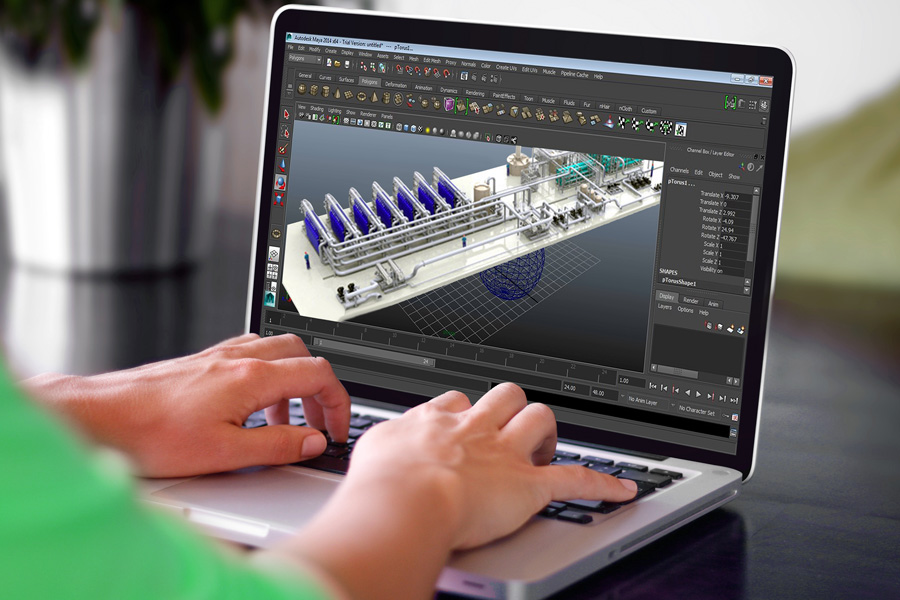Gartner, Inc., a research and advisory company, has revealed a list of technology trends that will have an impact on businesses in 2019. Here are the most interesting of them – we are sharing five out of ten technology trends highlighted by Gartner analysts David Cearley and Brian Burke (Top 10 Strategic Technology Trends for 2019, published 15/10/18).
Autonomous Things
Autonomous things, i.e. robots, drones, vehicles, appliances, and agents, use AI to automate functions previously performed by humans. Experts believe that interaction of autonomous devices will be the main path for AI development.
Augmented Analytics
Augmented analytics enables the testing of a broad range of hypotheses, thus opening up new data processing and analysis opportunities. Moreover, automated insights of augmented analytics can be embedded into enterprise applications to optimize decisions and actions of all employees. Augmented analytics includes:
- Data preparation using machine learning automation to augment data profiling and quality, harmonization, modeling, manipulation, enrichment, metadata development, and cataloging.
- Business intelligence enabling business users and citizen data scientists to automatically find information, visualize and narrate relevant findings without building models or writing algorithms.
- Augmented data science and machine learning that use AI to automate AI modeling and their key aspects, such as feature engineering, model selection, operationalization, explanation, tuning, and management.
AI-Driven Development
New platforms will allow application developers to integrate AI capabilities and models into a solution without the help of professional data scientists.
Tools used to build AI-powered solutions (AI platforms and services) are expanding to target not only data scientists, but also the community of professional developers. These tools are, in turn, being empowered with AI-driven capabilities that help professional developers and automate tasks related to the development of AI-enhanced solutions.
AI-enabled tools in particular are evolving from assisting in and automating of application development functions to automating more sophisticated business-domain processes (from general development to business solution design).
Digital Twins
A digital twin refers to the digital representation of a real-world entity, process or system. Separate digital twins can interconnect to form more complex and larger systems. They are mainly used in Internet of Things (IoT) to: monitor system health, show new ways to improve efficiency, and help develop new technologies and services. Experts say that, at the next stage of technology evolution, enterprises will be implementing digital twins of their entire organizations (so called DTOs).
NNTC also created a digital twin for a massive enterprise. In 2018, we have launched our “Digital Worker” safety platform. The platform shows “the big picture” of the enterprise by combining multiple events (3D format included) registered by any systems: video analytics, industrial and wearable IoT, access control, SCADA, and other systems.
Smart Spaces
A smart space is a physical or digital environment in which humans interact with technology-enabled systems and which evolves across five key dimensions: openness, connectedness, coordination, intelligence, and scope. According to David Cearley, a Gartner analyst, this trend has been coalescing for some time around elements such as smart cities, digital workplaces, smart homes, and connected factories.
*Source: Gartner Identifies the Top 10 Strategic Technology Trends for 2019
